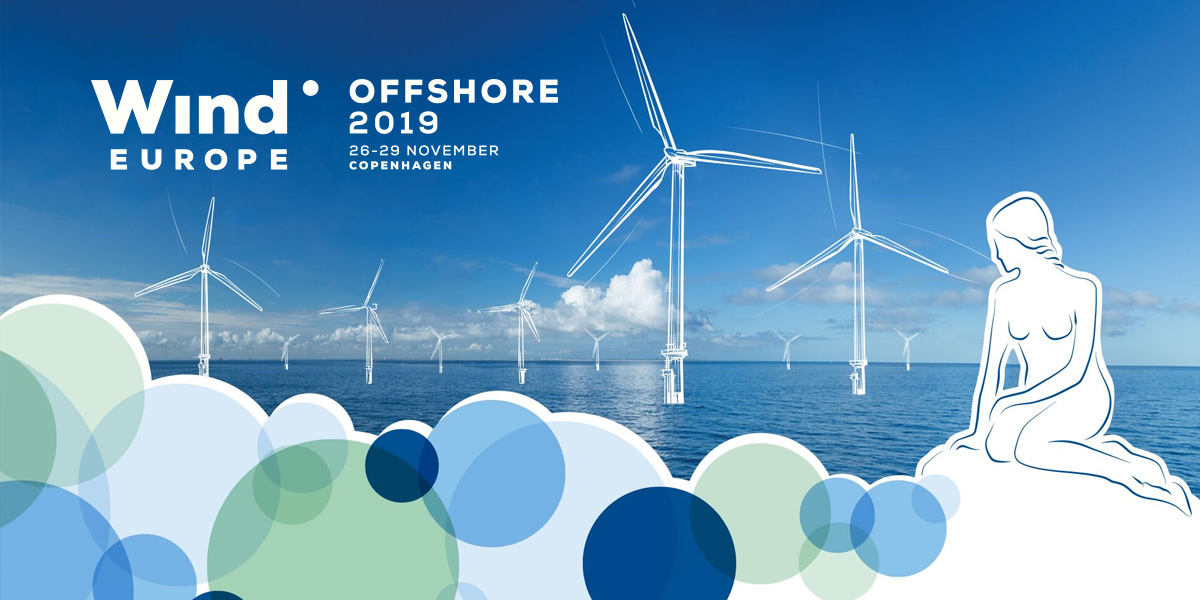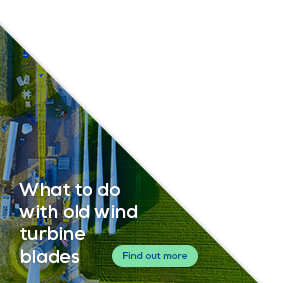WindEurope Bulletin
WindEurope Bulletin October 2019
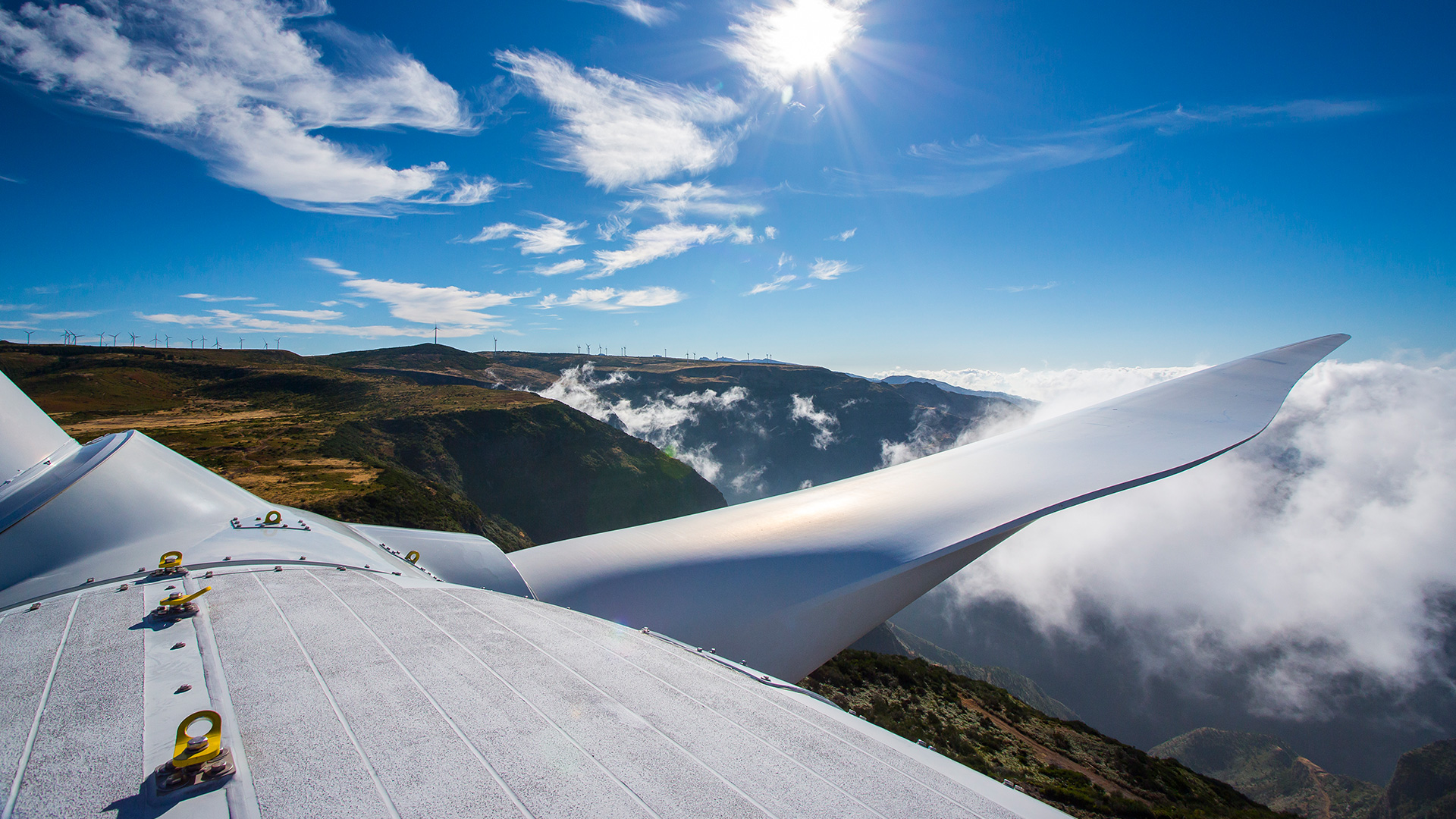
8 October 2019
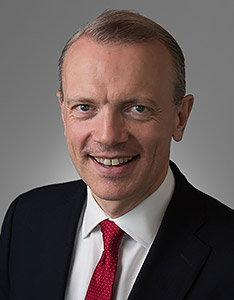 Giles Dickson
Giles DicksonCEO Foreword
Dear WindEurope Member,
Today we launched our ‘Wind Energy in Europe: Outlook to 2023‘ report. It sets out our expectations for new installations (onshore and offshore) over the next five years. We’re hosting a webinar this afternoon breaking down the key findings. You can register for that here.
There’s a lot to unpack. According to our Central Scenario, Europe will add an additional 90 GW of net new capacity over the next five years, totalling 277 GW in 2023. This is OK. But there’s a big risk we fall well below that. As you know only too well, there is plenty to be concerned about. Wind energy is facing major challenges across Europe. Policy uncertainty. Poorly-thought out regulations. Poorly-designed auctions. A worrying lack of visibility on wind volumes in Member States’ National Energy & Climate Plans. Many of these problems are impacting on the supply chain already. They could impact the significant cost reductions we’ve achieved in recent years.
Nowhere demonstrates this better than the former powerhouse of European wind energy, Germany. Onshore wind installations are down over 80% this year. New permit awards over 90%. There wasn’t a single new recorded turbine order in Q1 2019. The Government has said it will ease permitting, and it wants to increase the auction volumes to 3.9 GW pa. But their new “climate package” introduces a 1000m distance rule that rules out around half the country. And it applies also to the repowering of existing wind farms. Other countries apply a 500m rule, or even less. A 1000m rule makes it harder for Germany to meet its target of 65% renewable electricity by 2030. And for Europe to meet its renewables targets. And it’ll mean Germany loses even more jobs in wind – on top of the 35,000 already lost since 2016.
Much of this has to do with anti-wind voices bending the ears of policymakers. Despite their claims to the contrary, anti-wind campaigners do not represent the people who live close to wind farms. As a recent study shows, a clear majority of people living close to wind farms in Germany do not feel disturbed by them. Local residents benefit: from new jobs and infrastructure; from the taxes wind farms pay the local council; and from the growing practice of community ownership. Individual States and municipalities in Germany can opt out of the 1000m rule if they wish. And the Government wants more local ownership of wind farms, especially in communities that do opt out. Crucially, the Government has also promised to make the permitting of wind farms less slow and complex. These things could all help soften the impact of the 1000m rule.
Looking ahead: it’s less than two months now to our final large event of the year, WindEurope Offshore 2019 in Copenhagen on 26-28 November. The EU has set huge targets for offshore wind for 2050: 240-450 GW up from 20GW today. This would make offshore wind around a quarter of Europe’s electricity. So all eyes are on us, and it’s going to be a great event. The Danish Crown Prince and Ministers from all over Europe are coming. The exhibition floor has almost completely sold out, and there’ll be 9,000 attendees. You can register for that here.

Giles Dickson
The ‘Just’ Energy Transition
Coal miners visit Europe’s largest onshore wind farm in Romania
For the energy transition to succeed, it must be just. This means making sure that coal regions are not left behind. It means training fossil fuel workers so they can work in renewables. And it means showing that wind energy delivers jobs, prospects and a promising future for coal workers.
It’s in this spirit that the Romanian Wind Energy Association (RWEA) organises its annual Wind Open Day in Fântânele-Cogealac. Europe’s largest wind farm, CEZ, is located there, and this September’s Wind Open Day was dedicated to a professional reconversion programme for miners. The technical and professional skills of technicians in the mining sector are easily transferable to the renewable energy and distribution sectors, provided with the right conversion training and certifications.
50 men and women from the mining community in the Jiu Valley visited the wind farm and discussed the reconversion programme. The Jiu valley was once an economic powerhouse. But – like other coal-heavy regions – almost all the mines there have now closed, leaving cities and communities behind. The Valley has lost about half its population since 1990. Local government, unions, NGOs and social entrepreneurs have all tried to breathe new life into the region.
At the same time, wind energy production has been growing in Romania over the past decade. It provided about 12% of Romania’s electricity last year. The electricity demand in Romania is expected to rise, and wind and other renewables could cover up to 35% of Romania’s electricity by 2030. Onshore wind is now the cheapest form of new power generation in the country.
“Romania has not only a significant potential for increasing the share of energy produced from renewable sources, but also the responsibility to offer a future to the mining communities that have contributed so much over time to the country’s industrialisation. A just energy transition includes modernising the economy of coal-dependent regions and adapting them to ensure that communities are not left behind”, explained Claudia Brânduș, RWEA President.
There is already one training centre for renewables in Romania: the RESS – Renewable Energy School of Skills, located in Constanţa. So far, it has trained 4,500 people to international standards. They now provide maintenance for the 3 GW of wind installed in Romania, in addition to working on projects in other countries. RWEA’s aim is to replicate this success story on the other side of the country in the Jiu Valley, with the new Academy.
The miners invited to visit the CEZ wind farm in Fântânele-Cogealac also visited the RESS centre and were very enthusiastic about the project: “It’s different from the work we do, to be 400 meters under the ground. Working under the sky seems better, my family thinks this would be better for me” said Dumitru Nicolae, a miner from Petrosani.
Mines may be closing down, but new opportunities arise. Wind alone won’t solve everything, but it can definitely make its contribution to what should be a collective effort. With this initiative, the Romanian wind sector, university partners and the government are setting a precedent in Europe and showing the way well beyond Romania.
Member’s Interview
Member’s Interview with Elizabeth Reid, partner in Bird & Bird’s Energy and Utilities Group
Last week, at RE-Source 2019, we took a few minutes to talk with Elizabeth Reid. Elizabeth is a partner in Bird & Bird’s Energy and Utilities Group and has just published a report giving an international perspective on Corporate Renewable PPAs.
Elizabeth has been heavily involved in the renewables sector for the past ten years. She advises developers, investors and EPC contractors on all the project contracts required for the design, build, finance, consenting, operation and offtake of renewable power projects.
Following a discussion of Bird & Bird’s involvement in corporate renewable sourcing, we got her take on the obstacles to Europe’s PPA potential – and how we can overcome them.
Members’ News
Green Investment Group sign virtual PPA with Signify, blowing fresh breeze of renewable energy into Polish operations
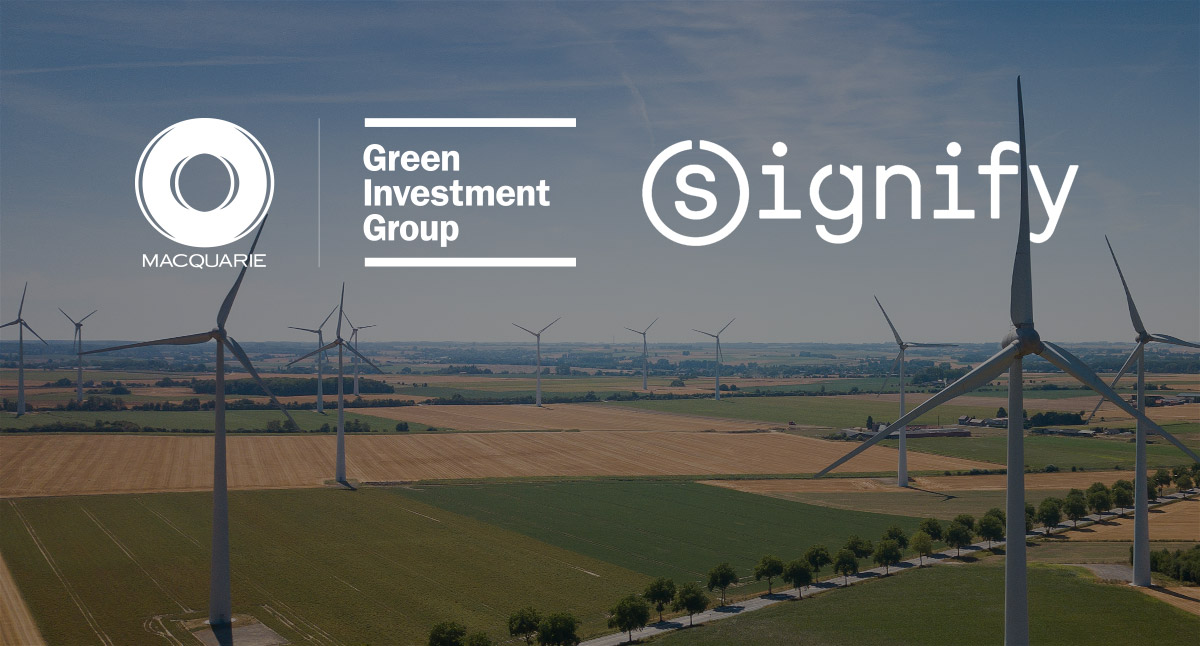
For the next ten years, Signify will purchase renewable energy for its operations in Poland from the Green Investment Group’s (GIG’s) Kisielice onshore wind farm in Poland. The 10-year virtual PPA marks a major milestone in Signify’s commitment to become carbon-neutral in 2020.
Kisielice wind farm is a 42 MW project located 200 km north of Warsaw and was acquired by GIG in August. It has been operational since 2014 and consists of 21 Enercon E82 turbines. The wind power sourced under the VPPA will be applied to power four of Signify’s factories and several offices throughout Poland. The VPPA helps Signify reduce its annual carbon footprint by 73 kt CO2e pa – the equivalent of removing over 23,000 cars from the road.
“This VPPA is a major milestone on our journey to become carbon neutral in 2020,” said Nicola Kimm, Head of Sustainability, Environment, Health & Safety at Signify. “It’s crucial for our transition to 100% renewable electricity next year, as well as supporting Poland’s energy transition.”
Corporate VPPAs are increasingly popular in Europe to reduce carbon emissions. They also play a critical role in accelerating the growth of renewables in markets where there’s little to no subsidy provided. Under this approach, the renewable power is sold onto the grid with the business user providing a guaranteed strike price – providing income stability for the renewable project while guaranteeing clean energy benefits for the corporate buyer.
With 80% of electricity in Poland is currently generated from coal, this renewable energy agreement showcases how renewable PPAs can play a role in supporting Poland to reach its 2030 renwables target of 21%. GIG has now structured and executed PPAs for nearly one GW of renewable energy capacity across Europe.
“More and more firms, like Signify, are setting clear carbon-reduction targets – which is boosting demand for renewable power,” said Edward Northam, Head of GIG Europe. “We have a well-established track record in financing and delivering these kinds of PPAs and are delighted to have worked with Signify on our first such project in Poland.”
Schneider Electric Energy & Sustainability Services (ESS) was an advisor to Signify on the process of identifying and selecting the project.
“Signify is demonstrating significant leadership with this VPPA,” said Philippe Diez, Vice President EMEA for the ESS division. “It’s the first publicly announced VPPA in Poland supporting renewables in a market dominated by fossil fuels. We congratulate Signify for their steadfast commitment to carbon reduction and a renewable energy future.”
Events
Programme now live for WindEurope Offshore 2019 in Copenhagen: how offshore wind will help Europe go carbon-neutral
Europe needs to expand its offshore fleet tenfold to meet the EU’s climate objectives for 2050.
So that leaves us with a question: how do we get there?
The conference programme at WindEurope Offshore 2019 sets out to meet that challenge.
Our ambition is large. But our approach is practical. To put offshore wind at the core of Europe’s energy mix requires innovation and cooperation between every sector of the wind industry.
Beyond the high-level plenaries and ministerial sessions, the conference will focus on concrete steps to boost offshore wind and tackle issues on: finance, system integration & electrification, happy coexistence, policy & markets, science & research, resource assessment, O&M, supply chain and logistics, and turbine technology.
In our programme you’ll find fresh voices and new ideas alongside policy debates, technological workshops, and much more.
So join 9,000 other delegates in Copenhagen as we set out a clear pipeline for offshore wind projects in the decades ahead.
Together we can help Europe go carbon-neutral.
Our energy. Our future.
Final 8 exhibition stands available for Offshore 2019
Join 400 exhibitors from 26 counties to showcase your brand and engage with the entire offshore supply chain.
We now have less than a dozen stands available – so book your stand before it’s too late.
Webinars
Wind Energy 5 year Market outlook webinar
When: Tue, Oct 8, 2019 3:00 PM – 4:00 PM CEST
WindEurope’s analysts will discuss the future developments of the European wind energy market, outlining annual installations and financing highlights from both the onshore and offshore sectors from 2019 to 2023. Participants will have the opportunity to get insights on national policy development, wind turbine trends, wind penetration rates, and many other relevant details for the wind energy sector. This will be followed by a Q&A session for participants.
Horizon 2020 webinar: securing EU funding for wind energy
When: 17 October 2019, 11:00 – 12:00 CEST
We are happy to invite you to this year’s webinar on EU funding opportunities for wind energy on 17 October from 11:00-12:00.
Within the 2018-2020 Horizon 2020 Work Programme, there are still a number of calls for R&D projects that explicitly cover wind energy.
They are mostly about unlocking the full cost-reduction potential of wind energy and the development of next generation technologies. They include innovative operation and maintenance strategies and novel solutions to offshore balance of plant. Dedicated funding is available for both onshore and offshore wind, and there are specific calls on floating wind.
The webinar will explore these upcoming Horizon 2020 calls for projects, and give you some useful tips on how to successfully apply for funds. We’ll also tell you about funding opportunities under the separate Connecting Europe Facility and discuss more broadly the type of services WindEurope offers to its members when it comes to EU funding.
Workshops
Wind Harmony workshop: revolutionising health & safety in wind energy
When: 22 October
Where: WindEurope Offices, Brussels
The Wind Harmony study examines the potential alignment of health and safety standards – covering both onshore and offshore wind sites – from construction and operation and maintenance, to decommissioning.
This one-day workshop will assess opportunities and challenges to facilitating the harmonisation and alignment of safe, cost-effective and responsible HSE standards across the wind industry. You can find further information in the detailed agenda.
Interested?
Contact Dorina Iuga at [email protected], T +32 2 213 1809.
Other events
18th Wind Integration Workshop
When: 16 – 18 October
Where: Dublin
Shape the future of RES Grid Integration at the 18th International Wind Integration Workshop. This edition will focus on the large-scale integration of wind power into power systems, and on transmission networks for offshore wind farms.

